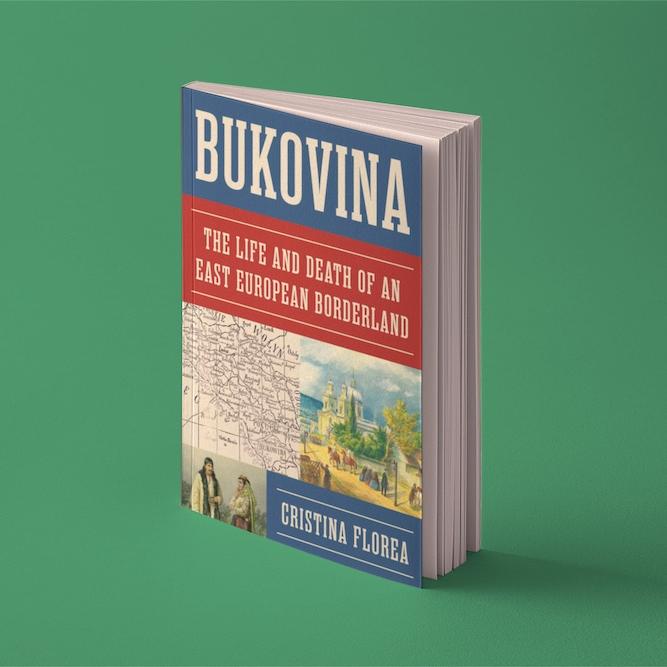
 Department Homepage
The College of Arts & Sciences
Department Homepage
The College of Arts & Sciences
Field research leads to surprising results for historian
Some research just has to be done on-site, said historian Mostafa Minawi, and he should know.Thanks to an ANAMED fellowship, he spent seven months in Sudan, Turkey, the United Kingdom, Somalia and Djibouti, tracking down details for his new book on Ottoman/European/Ethiopian competition over the coast of Somalia. The most surprising thing he found, he said, was how alive that history still is in some areas.
![German map showing the Gulf of Aden around 1860. Credit: By August Heinrich Petermann (Somaliland and Aden: Images from the Past) [Public domain], via Wikimedia Commons](https://as.cornell.edu//files/first/styles/4_5/public/field/image/Aden_gulf_1860-450px.jpg)



